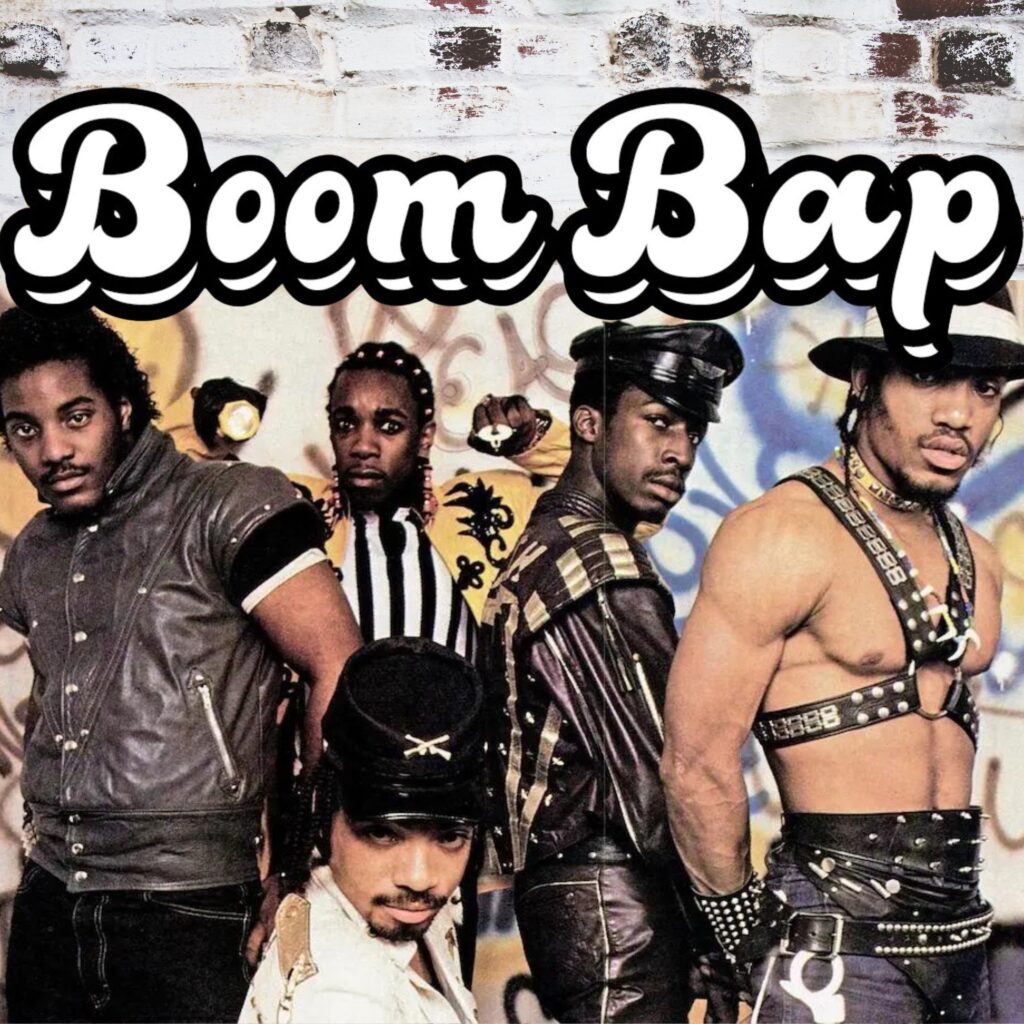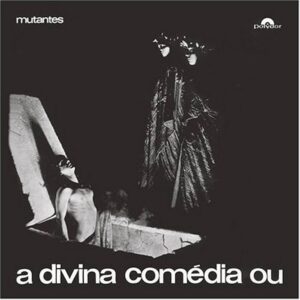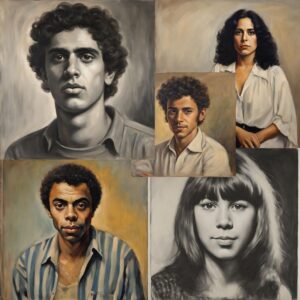Exploring Hip-Hop’s Golden Age: The Birth of Boom Bap
If you are too young to remember 9/11, it might be hard to comprehend how controversial and misunderstood Hip-Hop culture and music used to be. That is not to suggest that it’s not still full of controversy and misunderstanding; but with the birth of the internet and almost unlimited access to controversy of all kinds, the kind of controversy you find in Hip-Hop (graphic content, swear words, open sexuality, minorities with power and money, sexual violence, explicit political criticism, and more) doesn’t tend to make the same kind of waves in mainstream media like it used to. But back in the 80s and 90s, Hip-Hop was taking the world by storm and absolutely sending parents and politicians into a complete tailspin.
So for me, a skinny white boy from a predominantly white part of the United States (Eastern Washington State), listening to rap music as a teenager in the 90s was against my parent’s rules, my church’s rules, seen as completely ridiculous and low-brow by most of my peers, and was constantly under attack by politicians. At best, listening to Hip-Hop was a novelty, a sideshow, something to bring out for a party, but almost never taken seriously as an art form or as a legitimate way to express ideas and creativity.
This stigma even fucked with my own understanding of the music, and why I was drawn to it. I would often wonder: Maybe I listen to Hip-Hop just to do something taboo and rebellious? Maybe I just liked swear words? Maybe I was fascinated by the lives of people who lived very different lives than my own? Maybe I just liked violence and sex? Some of these thoughts may have contained bits of truth, but they didn’t tell the whole story.
One thing I do not remember wondering, however, was that maybe I liked this music because it was good, because these were skilled musicians, because it grew from the roots of 400 years of musical traditions, the same roots that blossomed into Blues, Jazz, Gospel, R&B, Soul, Funk, and Rock N Roll. None of this crossed my mind.
Fast forward to my late 20s. I took a deep-dive into Jazz and Funk music and history. I spent years digging for records and reading about the music and musicians. Unexpectedly, I began to hear incredibly familiar riffs, melodies, and rhythms in these tracks. What I quickly realized is that many of my favorite Hip-Hop artists had sampled these Jazz and Funk grooves in their songs. This discovery propelled me on a long journey into the influences of Hip-Hop, most notably Jazz, Funk, Blues and Soul of the 60s and 70s. An entire world had opened up for me.
One of the most interesting places I explored on this musical journey was the Hip-Hop sub genre Boom Bap, which still persists today but experienced its height from about 1986-1995. For the next 10 minutes or so, I’ll trace the early history of Hip-Hop’s inception in the 1970s to the Boom Bap explosion of the late 1980s (part 1 of 2). This exploration details Hip-Hop’s internal and external culture war, Boom Bap’s heavy reliance on Jazz and Funk samples, which gave the music a raw, grimy, and even spontaneous feel, and hopefully sheds light on how Boom Bap helped Hip-Hop became a legitimate form of self-expression, creativity, and political and racial protest in underground and mainstream media.
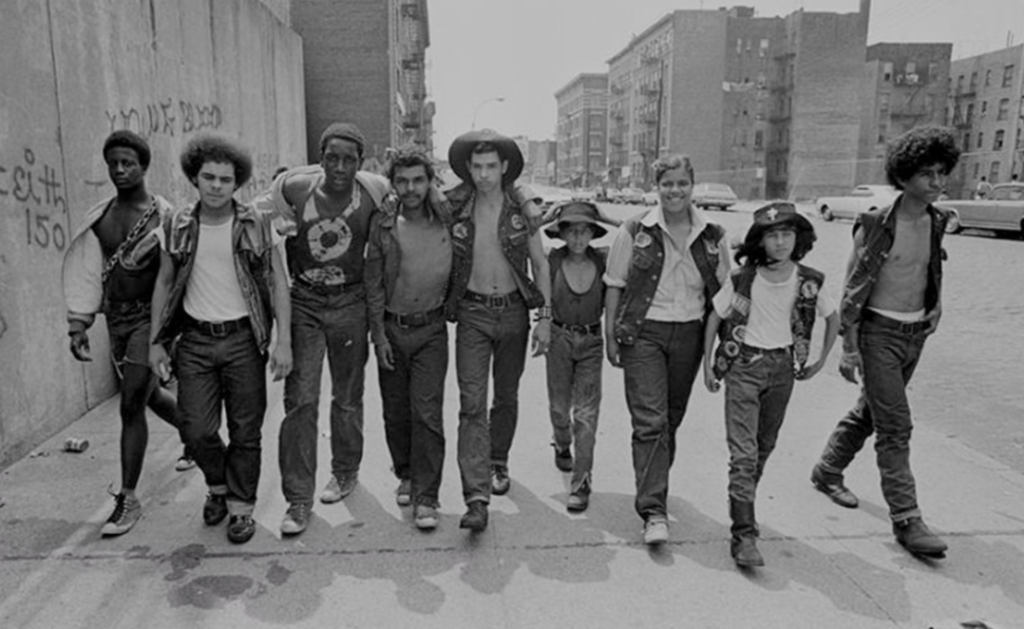
DJ Kool Herc and his crew, 1973
Most explorations of Hip-Hop originate with The Sugarhill Gang. And that makes sense; “Rapper’s Delight” was one of the first ever mainstream Hip-Hop hits. But “Old Heads” know that that wasn’t even the first Hip-Hop single of 1979. That’s right, technically King Tim III (Personality Jock) by Fatback was released a few months earlier. Others will remember Kool Herc throwing the first ever Hip-Hop party in the South Bronx in 73. Herc’s epic “merry-go-round” DJing technique was revolutionary–he would take two copies of the same record, put them on two separate turntables, and manually loop a continuous break between the two of them. “Apache” by the Incredible Bongo Band was a crowd favorite. Years later this technique would be foundational for Hip-Hop pioneers like Grandmaster Flash and Grand Wizard Theodore.
Flash borrowed the idea of the merry-go-round but upped the ante by developing his “quick mix” theory, where he actually soldered audio wires to a switch that allowed him to instantly cut the sound to one of the turntables (what we now call a “fader”), effectively taking much of the hard work and difficult timing out of creating break beats.
So, here we are in 1979, on the heels of the greatest era of funk music and the beginning of the end of Disco. Regular kids now had the ability to conduct an entire band with two turntables and a microphone. David McNamee once wrote that “two record decks and your dad’s old funk collection was once the working-class black answer to punk.” It is in these ashes that Hip-Hop began to shape its identity, but there would be many twists and turns along the way.
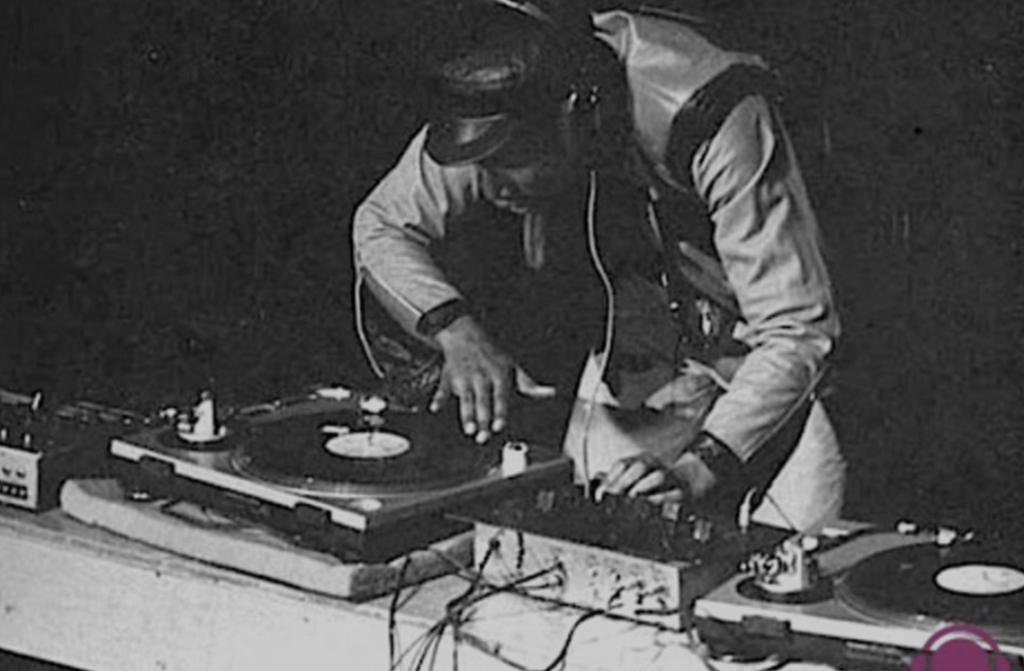
Grandmaster Flash, 1982
At first, Hip-Hop music relied heavily on loops of funk/disco records made by DJs, who were accompanied by MCs riding the grooves with rhyming lyrics. New Wave was already changing the face of Pop, Rock, and Punk music at the dawn of the 1980s, incorporating synth and drum machines to the music, and Electro Hip-Hip followed suit. Unlike the “Good Times” or “Apache” funky drum breaks often used by DJs like Grandmaster Flash in hits like “Rapper’s Delight”, drum machine beats sounded more mechanical and sharp, leaving more room for the MCs to spit. Some of the most notable producers of the early 1980s, ie. T La Rock, Larry Smith, Marley Marl, and Jam Master Jay, were using the Roland TR-808 and the EMU-SP12 drum machines to create tougher beats that felt more like the concrete of the streets than the style and finesse of a funky drum break.
To experience a standout early Hip-Hop track fueled by drum machines and rapping typical of the era, listen to T La Rock’s 1984 classic “It’s Yours.” In it, you can hear the chop and clank beats made by an 808, the occasional DJ scratching by Jazzy Jay, and fairly straight forward rhyming patterns by La Rock, which are easy to hear over such disparate drumming. This type of rhyming was common to the era, and can be identified by a more choppy delivery that emphasizes a rhyme with the beat. This may sound like a fairly typical Electro Hip-Hop track at first, but in production La Rock stacked drum beats on top of each other to create a flatter, almost sharply anxious beat. To help the listener recognize his innovative technique, you can hear T La Rock aptly repeat BOOM BAP/BOOM BAP along with the beat toward the end of the song.
The onomatopoeia “Boom Bap” helps describe the 4/4 drum machine beat, which makes a boom sound with the kick drum and a bap sound with the high hat. Some years later, artists like Q-Tip would describe these sounds as Boom Bip. But the term Boom Bap would eventually be more-widely adopted to describe an emerging sub genre of Hip-Hop that is often associated with the Golden Age of rap, approximately 1986-1995. Aside from explicitly inciting this descriptive term, “It’s Yours” also contains all the basic elements of what would define Boom Bap: the 4/4 Boom Bap beat, intermittent scratching (and eventually sampling), and hard-hitting lyrics. It is important to note that the term Boom Bap wouldn’t become mainstream until after KRS-ONE’s “Return of the Boom Bap” hit shelves in 1993.
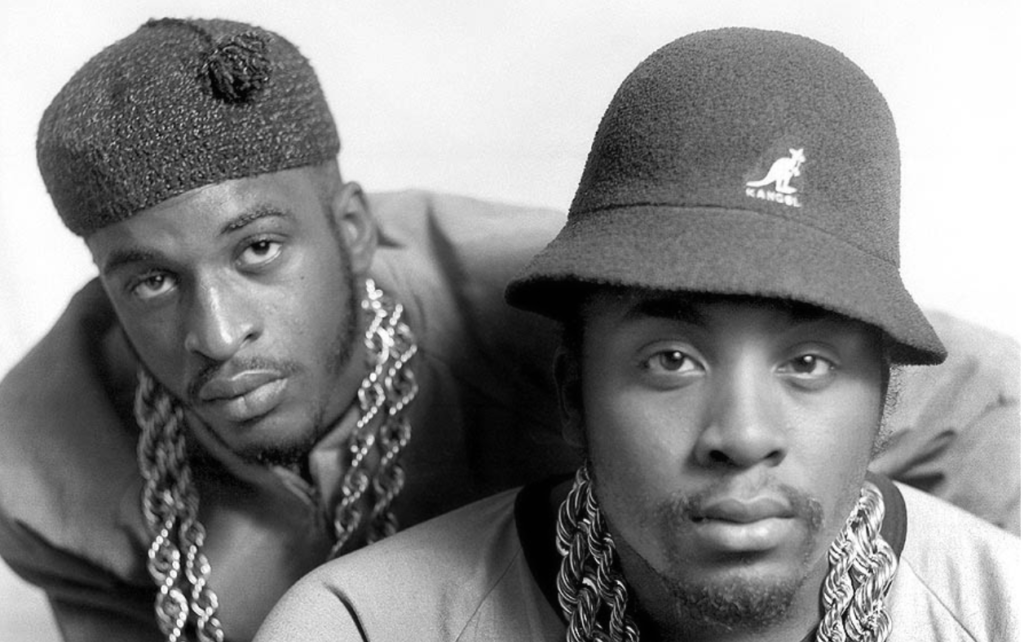
Eric B. and Rakim, 1987
By the mid 80s, Eric B. and Rakim, The Juice Crew, and Boogie Down Productions ruled the New York Hip-Hop scene, and today are recognized as the founding fathers of Boom Bap. Lyrically, these crews began to beef with each other publicly over who invented rap and which project did it better, competition that would prove to incite creativity and innovation in lyricism. Earlier Hip-Hop was much more dance and party oriented, and understandably so, as DJs spun funk breaks at parties for people to dance. Early MCs would often rap about dancing (At The Party), issues with romantic partners (The Breaks), or even simply describing the members of their crew (Superappin). These themes still appear in Hip-Hop even today, but a more serious side of these MCs began to develop midway through the decade.
By 1985, Schooly D dropped “P.S.K What Does it Mean?”, and Boogie Down Productions released “South Bronx” the following year. Schooly D pioneered the hard-hitting style now associated with Gangsta Rap, often using swear words, describing controversial opinions, and depicting violence. Schooly inspired a number of future MCs and even released Boom Bap albums himself. One MC who was immediately inspired by this harder style was Boogie Down Productions’ KRS-ONE. BDP’s debut Criminally Minded was released in 1987, but the track “South Brox ” was released as a single in 1986. “South Bronx ” is a response track, responding to The Juice Crew’s 1985 (and released widely in 1987) track “The Bridge”, which not only dissed a number of MCs but also seemed to imply (to some) that Hip-Hop originated in Queens.
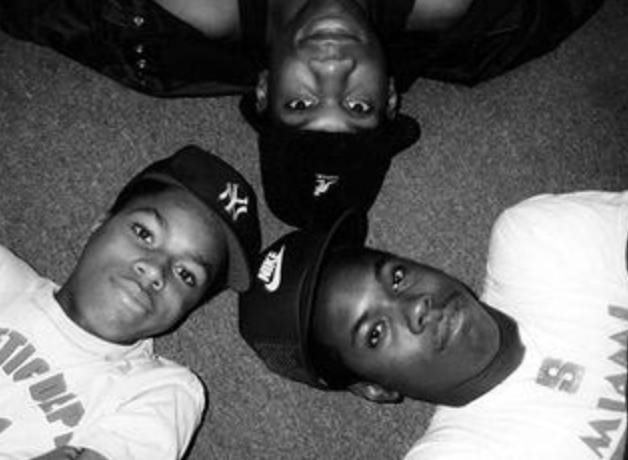
Boogie Down Productions, 1986
BDP, originating from The Bronx, took offense to this, as DJ Kool Herc famously threw the first ever Hip-Hop party in the Bronx in 1973. BDP responded by dropping “South Bronx” the next year. Shan maintains that he never actually said Hip-Hop came from Queens, but regardless, the damage was done. Critics and fans widely declared BDP the winner of the feud, especially after The Juice Crew answered back with “Kill Tha Noise,” which was followed by the absolute banger and Boom Bap classic BDP’s “The Bridge is Over,” which dropped in 87. Shan and Marl would release what might be the first posse diss track, “The Symphony” in 1988, but despite being well received, it didn’t quite repair Shan’s reputation.
The BDP/Juice Crew feud is seminal to the evolution of Boom Bap. Even though response and diss tracks weren’t necessarily new in 1986 (Ex: 14 year old Roxanne Shante’s “Roxanne’s Revenge” in 1984) this feud was the first one that made it to the mainstream, put the origins of Hip-Hop in the spotlight, and introduced Boom Bap world to the world outside New York City. Not only were these tracks lyrically important, but they also contained samples made by new technology that no one had ever heard before.
One of the first albums made with this type of technology and technique was “Paid in Full” by Eric B. and Rakim. The Juice Crew’s Marley Marl, who also produced “The Bridge” and “The Symphony” is credited with mixing and producing several tracks on this album, as well. Together, Eric and Marley created a technique where they chopped samples into one note segments that were then programmed to a specific key on the MPC. In more simpler terms, they could now take a recorded sound from anywhere and replay it back as a note in their music.
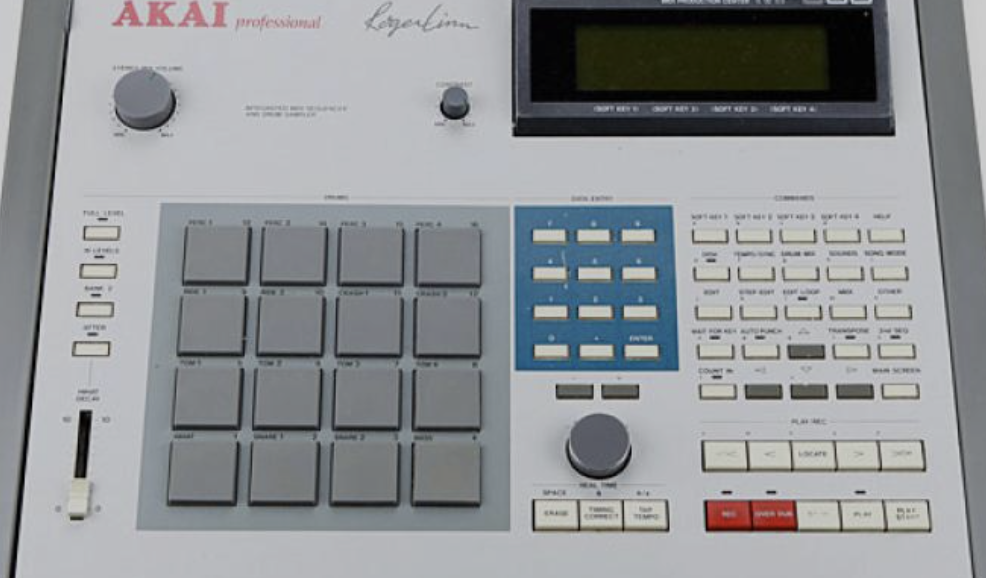
AKAI MPC60, 1988
These advances gave Hip-Hop artists the ability to layer and mix loops, include single sounds like a trumpet tantara or drum snare, and otherwise distort and manipulate sounds from previous recordings. Their new technique gave them the freedom to make beats and patterns in completely new ways that would have been almost impossible to replicate previously. From this point on, sampling and Boom Bap would be inextricably bound together. Understandably so, many “Old Heads” point to this album and year (1987) as the true inception of the Boom Bap sub genre, even though some point to earlier moments as far back as 1984.
The first single from Paid in Full, “Eric B. for President,” puts these innovative sampling techniques on parade, and showcases Rakim’s smooth delivery. Marley Marl took the baseline from Fonda Rae’s “Over Like a Fat Rat.” He then manipulated portions of the riff, deepened tones and looped it, while simultaneously layering various sound bites over the track. Rakim’s witty rhyming and smooth delivery glide over the production almost effortlessly, providing a blueprint for generations of MCs. Without context, this track might not seem overly impressive. but that might be because these techniques are still practiced to this day in almost all Hip-Hop records, becoming so ubiquitous we no longer even recognize its brilliance. Put another way, this track is a genesis moment in Hip-Hop and Boom Bap history.
As use of the MPC60 spread through production circles in the late 80s, the sound of Boom Bap records became even more raw and grimy. The MPC60 gave tracks a touch of funk, beyond even the Funk tracks of the 1970s used in samples. It allowed producers to stack notes on the Booms and the Baps, and it allowed for the inclusion of ghost notes–muffled notes that accompany the high hats. Ghost notes give a sense of spontaneity and rawness, flavor or swing, to the beat, mirroring the tenor of much of the era’s lyrical content. These production tricks are defining building blocks of the Boom Bap sound.
By 1988-89 Boom Bap was in full swing, it’s hay day even, by some accounts. Most Boom Bap beats, and a majority of Hip-Hop beats in general, were being made more raw and grimy, even ones that made it on the radio. Producers like Pete Rock, DJ Premiere, Large Professor, Q-Tip, 45 King, Kool Moe Bee, RZA, Prince Paul, Havoc, and even MF Doom began their careers during this time, a generation of artists that would rule Hip-Hop and Boom Bap for decades to come. This fertile era of innovation, creativity, and widespread exposure would become the blueprint for Hip-Hop and Boom Bap in the 1990s.
Let’s take a look at a few classic Boom Bap tracks of the late 80s to help us better understand exactly what Boom Bap is and why it is important.
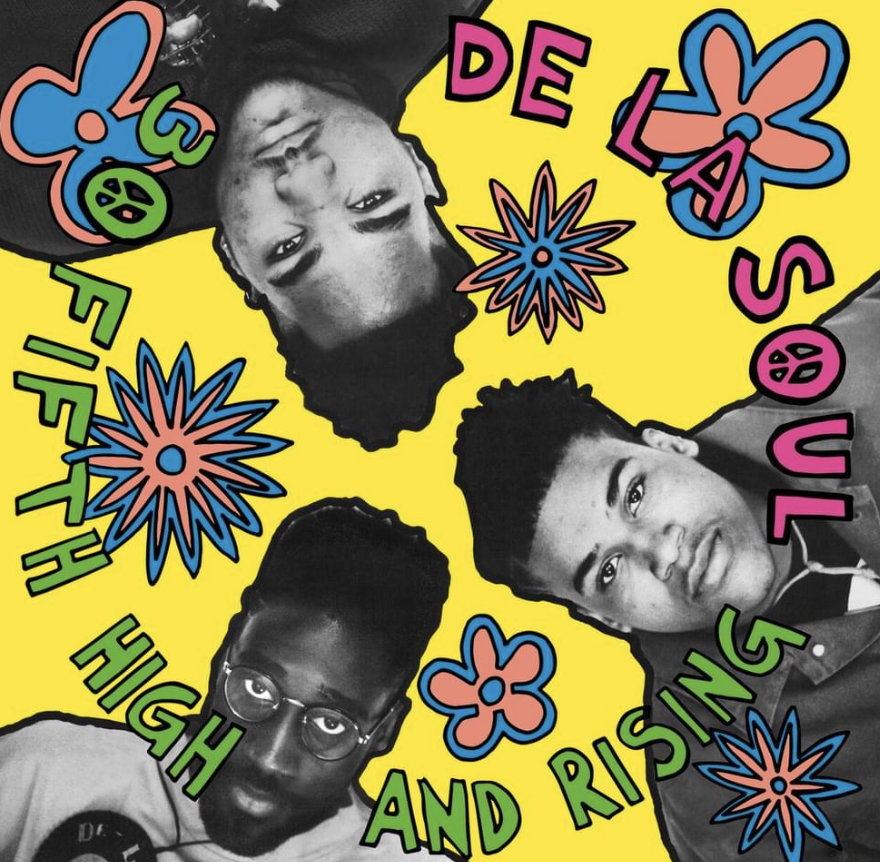
De La Soul, 1989
In 1988, a new crew of suburban kids from Long Island, De La Soul, dropped the single “Plug Tunin’” (TimeStamp) from what would be their forthcoming debut album 3 Feet High and Rising. De La Soul would become well-known for their unique samples and quirky lyrics and are considered pioneers of Boom Bap. The backbone of “Plug Tunin’” is a tuba sample from an obscure 1965 soul track by the Invitations. Posdnous slowed the tuba down and made a 4/4 beat by looping the sample into a continuous lazy shuffle.
The life of the track comes from a distorted James Brown sample, “I’m Shook” (1969). This funky sample was then layered on top of the meandering tuba to provide some of those famous ghost notes and jazzy piano solos. Throughout the entire foundation of the beat is a fast-paced high hat, which also adds texture to the otherwise sparse 4/4 beat. The track is iced with the hazy pop and crackle of a well-played vinyl record, which I assume is also layered from a sample. Each verse is bookended by with a lazy chorus of doo wop singers slowed to a snails pace, topped with a scale played by vibes. Each of the three members of the crew take turns explaining who they are and how they are different from other MCs. Unlike some Boom Bap artists of the time, De La Soul’s lyrics weren’t violent or overtly sexual. They spoke of being outsiders to the Hip-Hop world but that with exposure their talent would be recognized. This underdog mentality rings true to the Boom Bap aesthetic, but instead of the typical dead-serious tone, De La uses humor, quirky lyrics, and unique samples to show that they belong alongside the best crews of the day.
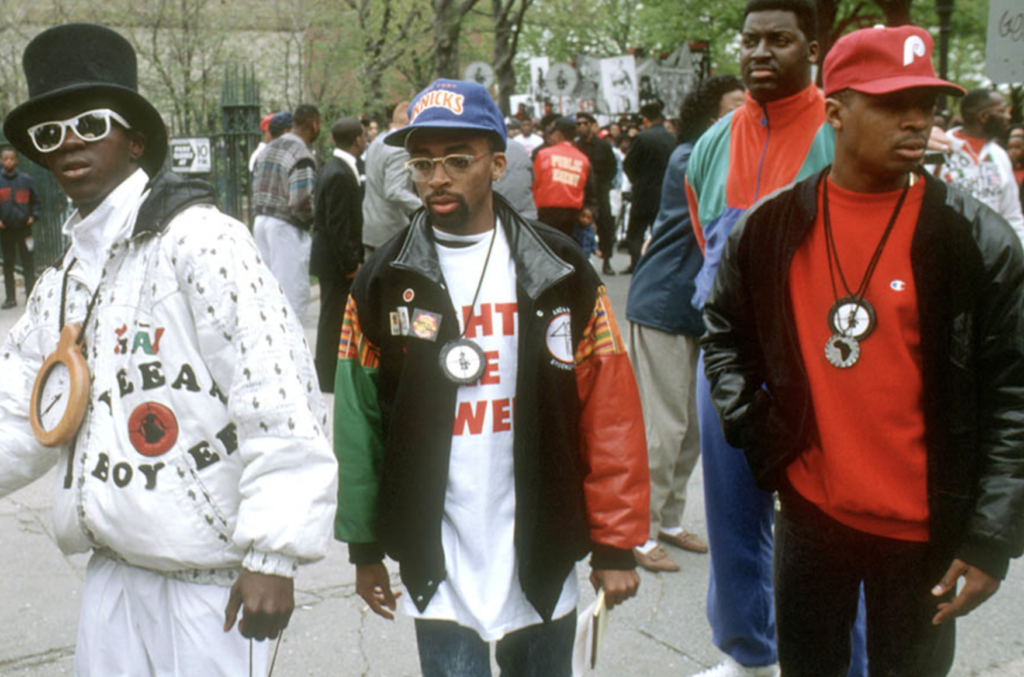
Public Enemy and Spike Lee, 1989
In contrast to De La Soul’s quirky “nerdcore” style, Public Enemy took the world head on, with aggressive protests that often caused public controversy. Public Enemy pulled no punches, publicly supporting controversial leaders like Louis Ferrakhan and explicitly pointed out racism and inequality. By 1989, Chuck D, Flava Flav and the rest of The Bomb Squad were becoming household names, which further cemented Boom Bap as a predominant force in Hip-Hop. Spike Lee’s masterpiece Do The Right Thing, set in the same New York burrows where Hip-Hop originated, was released that summer and included Public Enemy’s “Fight The Power.”
“Fight the Power” not only used James Brown samples, a hugely popular Boom Bap trend during this time, but it also brought a message of racial protest and system violence to the masses. Sampling Syl Johnson’s protest anthem “Fight the Power,” The Bomb Squad created a funky racial rallying call that went far beyond the relatable tropes of buying expensive jewelry and picking up romantic partners at clubs. Chuck D and Flava Flav chant “Fight the Power” in between hard-hitting verses that explicitly describe racial inequality and the starkly different reality black folks experienced than whites. Chuck D explains that Elvis and John Wayne were racist and not people he looked up to, unlike the majority of white Americans. He deftly wonders where his heroes are and reminds the listener of the 400 year period of slavery that still plagues the black communities today. What was being called “Conscious” rap, Hip-Hop with a political message, became a cornerstone of future Boom Bap records.
The heart of “Fight the Power” comes from none other than James Brown’s “Funky Drummer.” Sound familiar? “Funky Drummer” has been sampled at least 2,000 times. Click here for a list. Brown was sampled so many times in the 80s alone that he is regarded as a primary founding influence on Hip-Hop in general but also for Boom Bop specifically. Here are a few medleys of heavily sampled James Brown tracks: Medley 1, Medley 2, Medley 3, and Medley 4.
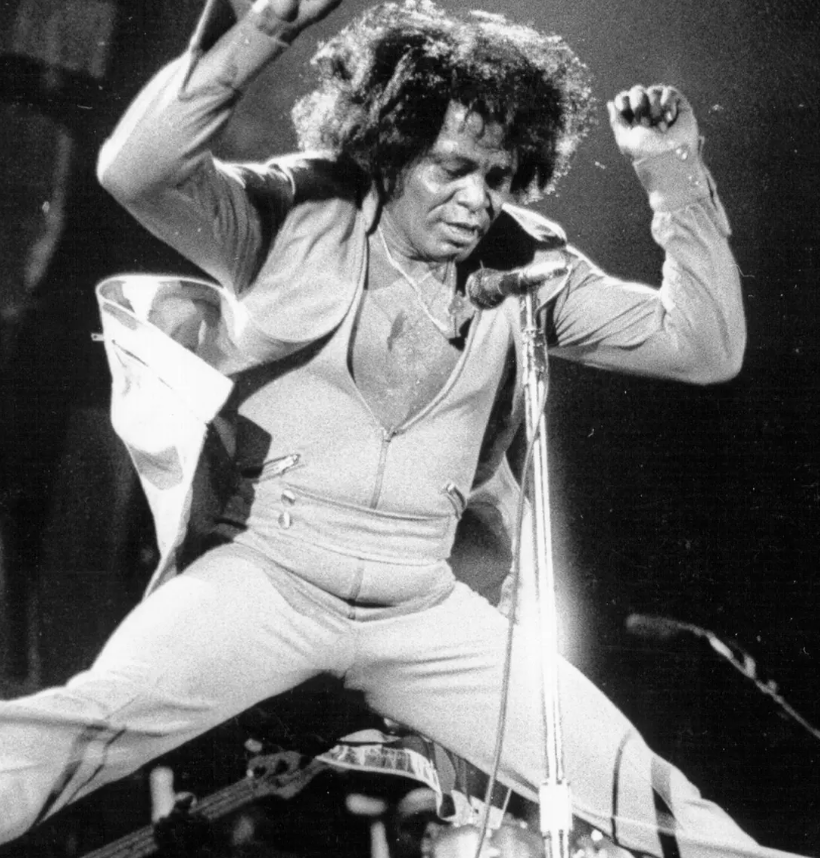
James Brown, 1970
Understanding how prominently Brown was sampled in Boom Bap is important to understanding the true backbone of Boom Bap records; Brown essentially invented funk (no disrespect to Sly), adding those famous ghost notes and spontaneity to the otherwise formulaic Blues and Soul genres. In these ways, Brown made it easier to dance and groove to the music and always left plenty of room for his band to play lengthy breaks that would eventually catch the eye of DJs and Producers looking for samples. What Brown did to Blues and Soul music to create Funk, is analogous to what his samples did for Hip-Hop and Boom Bap. When comparing the funky drums of Boom Bap samples to the hard-driving mechanics of Electro or Trap Hip-Hop, it becomes clear that the Funk samples provide texture, character, and even necessary flaw to the music. The music becomes imperfect and grimy, just like the messages in the lyrics.
In part 2 of this series, we pick up in 1990. We will follow several artists into the new decade, explore the prominence of samples, and how that prominence landed several artists in court. A force that once looked unstoppable, Boom Bap would hit a legal snag that it could never fully recover from.

